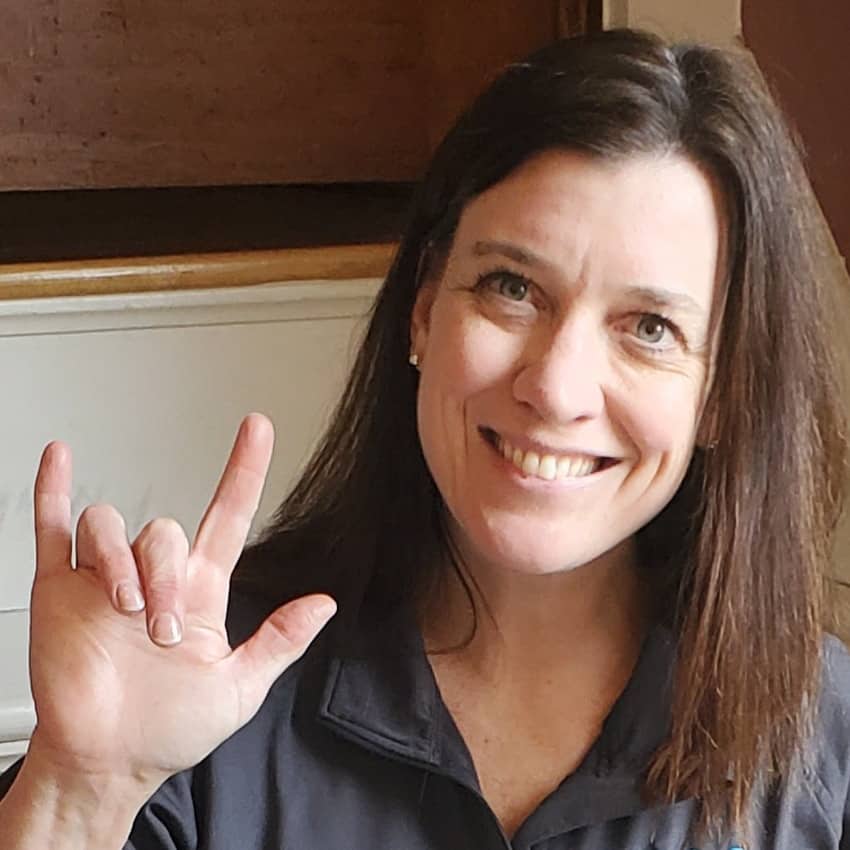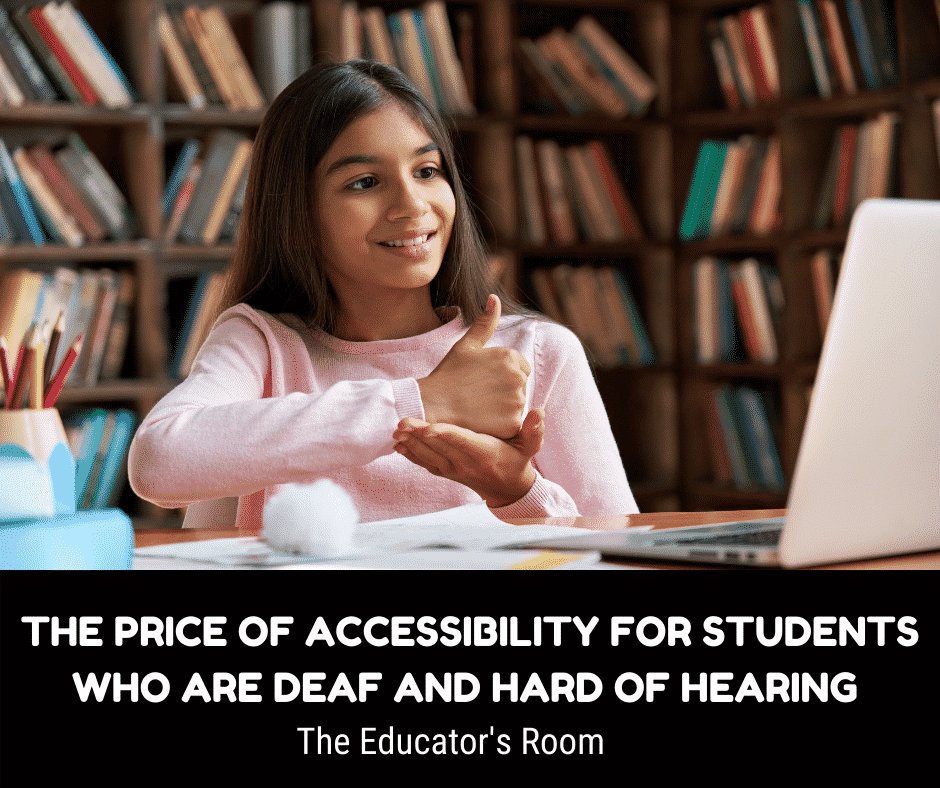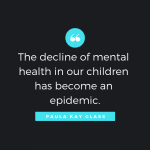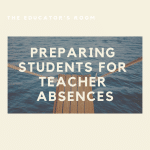 Tiffany Johnson-Dreher has worked as an Itinerant Deaf/Hard of Hearing Teacher for 20 years, primarily with caseloads in the K-12 setting. While school days involve visits to different buildings each day, the gifts are being with students of varying ages and often being with them over several years. She is passionate about her students, about diverse KidLit, and learning more about disability justice. She can be found on Twitter @tiffany_dhhed and on Facebook @ Tiffany Johnson Dreher.
Tiffany Johnson-Dreher has worked as an Itinerant Deaf/Hard of Hearing Teacher for 20 years, primarily with caseloads in the K-12 setting. While school days involve visits to different buildings each day, the gifts are being with students of varying ages and often being with them over several years. She is passionate about her students, about diverse KidLit, and learning more about disability justice. She can be found on Twitter @tiffany_dhhed and on Facebook @ Tiffany Johnson Dreher.
For my students who are Deaf/Hard of Hearing (DHH), their main choice this entire school year has been between two things: safety or communication access. Either they choose to go to school with masks and shields and lose some accessibility, or stay home to have better access and safety without being among their peers and friends. Throughout this school year and as we move forward post-pandemic, I want my DHH kids remembered too.
Over the past year, as we navigated various learning models for our students, my major concern was their accessibility to their classes. My district chose Zoom as its video conferencing platform, which, at the time, did not have captions available unless you paid a third-party captioning service or had a meeting attendee caption within a meeting. When many education companies initially gave us free access to screencast software, our general education teachers had several options, such as Explain Everything or Loom, to choose from. However, captions were most often not an included feature. For example, a middle school science teacher paid for a Screencast-o-Matic subscription out of his own pocket so that captions would be available for a student who very much relied on them. Faculty such as this have my unending gratitude.
[bctt tweet=”Because of the impacts on accessibility, some students chose to stay home for distance learning because access would be better for them through a screen than through a mask” username=””]
Because of the impacts on accessibility, some students chose to stay home for distance learning because access would be better for them through a screen than through a mask. Many other students tried using Chromebooks with Live Transcribe captions on Google Slides while in their hybrid classes. But after a few weeks of still struggling with accurate auditory comprehension in the classroom, they switched to distance learning. One of my middle school girls, who had been uncomfortable with hearing aids around her peers, actively sought me out for help as we tried troubleshooting her Chromebook and getting captions to work for her. She was also a high-achieving student, and her stress and anxiety over inaccurate access at school were palpable. Less than two months into the school year, she opted to remain home for distance learning.
Still yet, for a few of my students who remained in-person, using Chromebooks had issues. Sitting in the front row of the classroom to be closer to their mask-wearing teachers while using a Chromebook and an iPad was a noticeable and mortifying difference. For others, Live Transcribe possibly caught their teachers’ voices but not their peers, which limited access (and was actually a challenge for faculty and students alike, no matter our hearing levels).
In November, a class-action lawsuit filed against Zoom by two DHH individuals finally made the company provide captions to users. The lawsuit stated that requiring extra payment for equal access was out of compliance with the Americans with Disabilities Act (ADA). Zoom is now working to have captions available for all users by fall 2021. As much as I appreciated Zoom adding their Live Transcription feature, its accuracy is something to be desired. My students and I have been quite amused by what has appeared onscreen at times, and we have shared many laughs at what we have read.
Last spring, Imani Barbarin, a Black disabled woman, and activist, shared her observations on Twitter about how accommodations were suddenly available when so many disabled people have asked for years to work from home or to have access remotely. Now, as we begin to move toward a post-pandemic world, Imani and other disability activists have commented on how people with disabilities are being forgotten as companies and institutions cancel virtual accessibility.
My wish is for all of our disabled students to be more remembered in our education world. In my field, our Hard of Hearing students, the ones who use their amplification only, look and perform like normal hearing students, but their access needs are not the same. Some teachers have been wonderful in consistently working to turn on captions and finding materials with captions. However, for other teachers, it is clear that captions are not a priority. More districts should add a captioning team to support our general education teachers in providing an accessible curriculum. Captions benefit more than just our DHH learners; they benefit our English Learning students and students who use visual support.
When we think of accommodations for our kids, we must remember that what lifts some can actually lift all.






Thank you so much for writing such an important article! 🙂
Thank you!